One Family
One Family (1930) was one of the Empire Marketing Board (EMB) Film Unit’s first feature-length productions. Its central character is an ordinary London schoolboy, who dreams that he travels to the Dominions to collect ingredients for the King’s Christmas pudding.
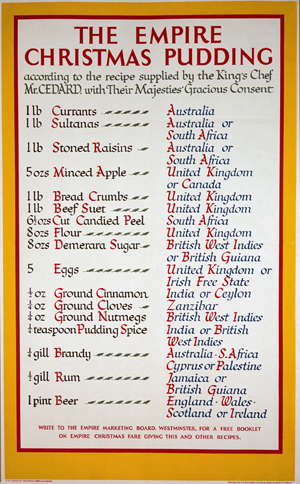 'The Empire Christmas Pudding', by F.C. Harrison; 25 ins x 40 ins, displayed November-December 1928; Roberts and Lete Ltd, London; EMB ref A02; (TNA) CO956/63
'The Empire Christmas Pudding', by F.C. Harrison; 25 ins x 40 ins, displayed November-December 1928; Roberts and Lete Ltd, London; EMB ref A02; (TNA) CO956/63
We should always ask, however, about the reception of such propaganda: how did people respond? The Empire Christmas pudding idea was certainly popular, and had featured in newspapers even before the EMB poster shown in the Introduction. But One Family was slow-paced, and over-reliant on slightly stale nineteenth century symbols of monarchy and Empire. It was a commercial flop.
With limited resources, the EMB Film Unit output initially included rehashed film donated from countries such as Canada, and short films on British products and industry. Hence there were rather mundane shorts such as Shadow on the Mountain: An Experiment on the Welsh Hills (1932, on finding tougher grasses for Welsh sheep). But with talented documentary-maker John Grierson as the Film Unit’s head, it went on to produce over a 100 films. These included some experimental and even poetic, feature length documentaries.
Song of Ceylon
The EMB more dramatic and innovative commissions included Basil Wright’s award-winning lyrical documentary, Song of Ceylon. This was commissioned in response to a request by the Ceylon Tea Propaganda Board (completed 1934, 40 minutes, ultimately issued by the GPO Film Unit).
Song of Ceylon depicted an ancient Sinhalese and Buddhist culture enduring alongside British colonialism, and evoked a dramatic sense of place, rather than trying to hammer home overt messages. It also juxtaposed the use of traditional, laborious production methods with the Empire’s modern ships, stock markets, and telegraph system. Hence it showed lines of tea pickers and men picking and husking coconuts by hand, to the sound of orders and prices being dictated.
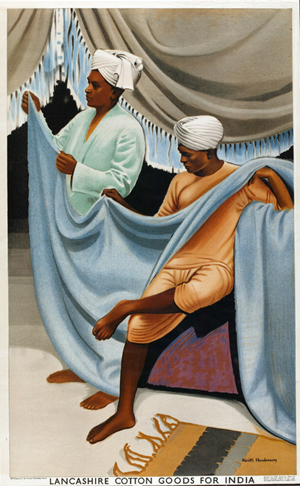 'Lancashire Cotton Goods for India', by Keith Henderson, displayed 1930; ref 1935.583
'Lancashire Cotton Goods for India', by Keith Henderson, displayed 1930; ref 1935.583
Song of Ceylon shows how the EMB Film Unit gave early film makers opportunities to experiment with the new documentary genre. Despite its poetic power and originality, however, Song of Ceylon might still leave viewers with a distorted image. It neglected towns in favour of the countryside, downplayed the Tamil (Hindu) minority, and gave no hint of growing nationalism.
Ceylon received universal suffrage in 1931, and a first State Council from the same year. By the time the film appeared there were seven elected Ceylonese to three European ministers, though the latter still controlled the key functions of finance and law. By the same token, the EMB produced a poster extolling Lancashire’s cloth exports to India, at the same time as nationalists urged Indians to boycott British materials, spin their own cloth, and aspire to Dominion status or more.
The EMB Film Unit’s ongoing influence
EMB’s output was not only shown in cinemas and made available for other institutions to hire, but was also influential in the more general development of a British documentary tradition. Film makers and producers such as John Grierson (who is widely credited with coining the term ‘documentary’ in 1926) had the freedom to experiment, as in One Family, Song of Ceylon, and Grierson’s silent documentary Drifters (1929). Drifters in particular is sometimes credited as a defining moment in the development of British documentaries. Inspired by American and Soviet realist films and a sense of social purpose, it employed realism, framing authentic workers on the British North Sea herring fleets as types and their ordinary work as the drama, rather than using professional actors. It reflected Grierson’s vision of the documentary as the creative treatment of actuality, and as having a wider social role.
When the EMB closed in 1933, key personnel were absorbed into the General Post Office film unit under John Grierson, and later still into the Crown Film Unit. The GPO Film Unit famously made Basil Wright’s Night Mail (1936, overlaid with rhythmic poetry by Auden and music by Benjamin Brittan), and the iconic war documentary London Can Take it! (1940). The Crown Film Unit’s credits included Target For Tonight (1941). The EMB Film Unit and its personnel thus formed part of continuing experimentation with how to blend art, documentary approaches and film in order to influence opinion, in pursuit of social and national aims. Other EMB figures such as its Secretary, Sir Stephen Tallents, went on to influence what he called The Projection of England (the title of his 1932 pamphlet) in a variety of areas.
In this way the EMB should be seen not as a momentary flash in the pan, but rather as embedded in wider trends towards marketing Empire, and towards the increasing scope and dynamism of public relations efforts by British public bodies in general. The BBC established an Empire service in 1932, and the British Council opened in 1934.
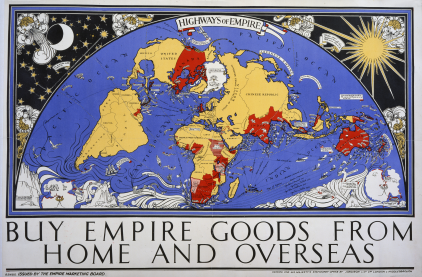
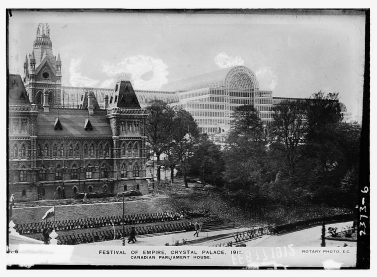
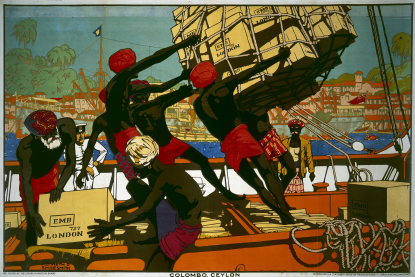
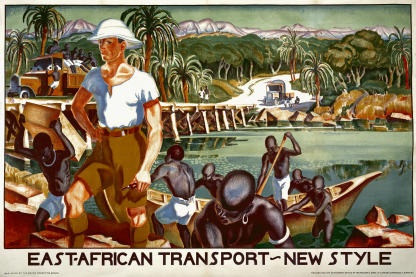
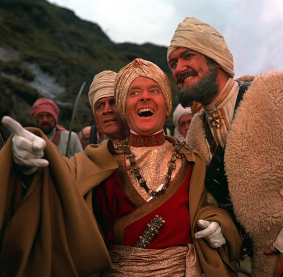

Rate and Review
Rate this article
Review this article
Log into OpenLearn to leave reviews and join in the conversation.
Article reviews